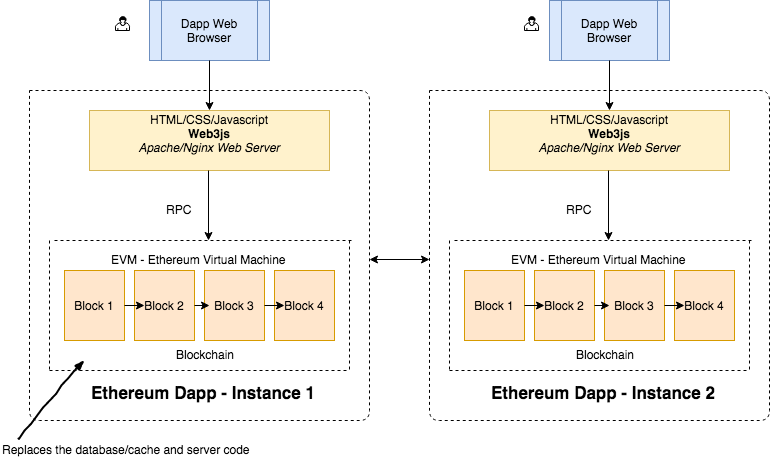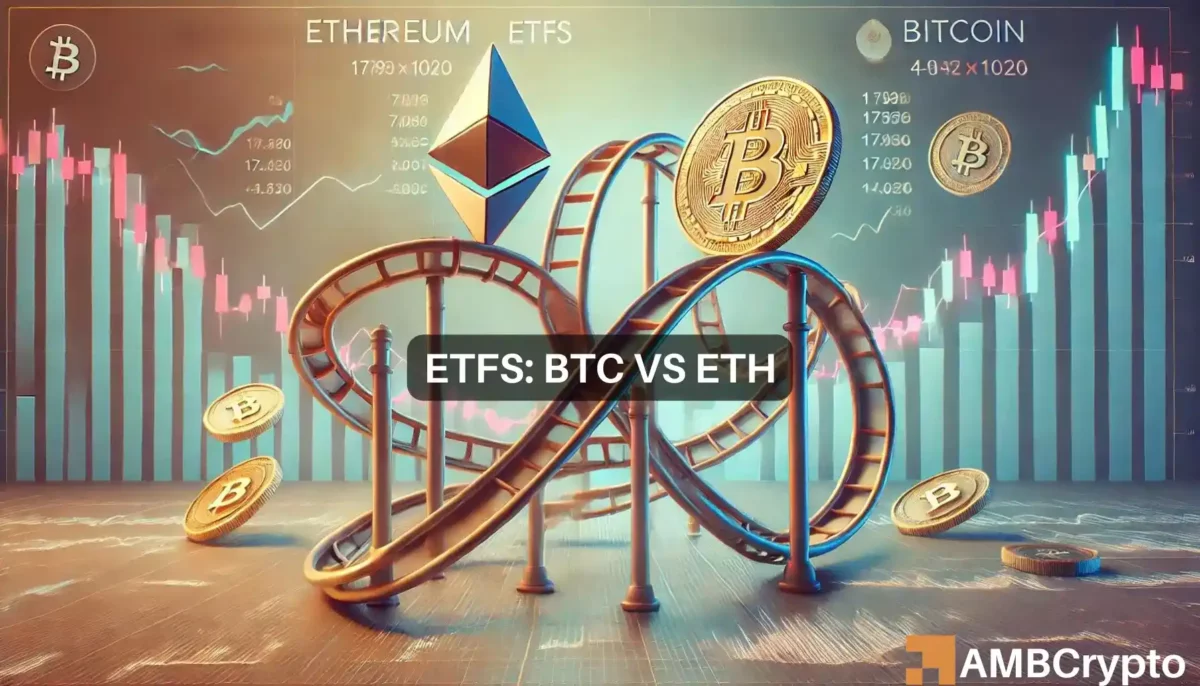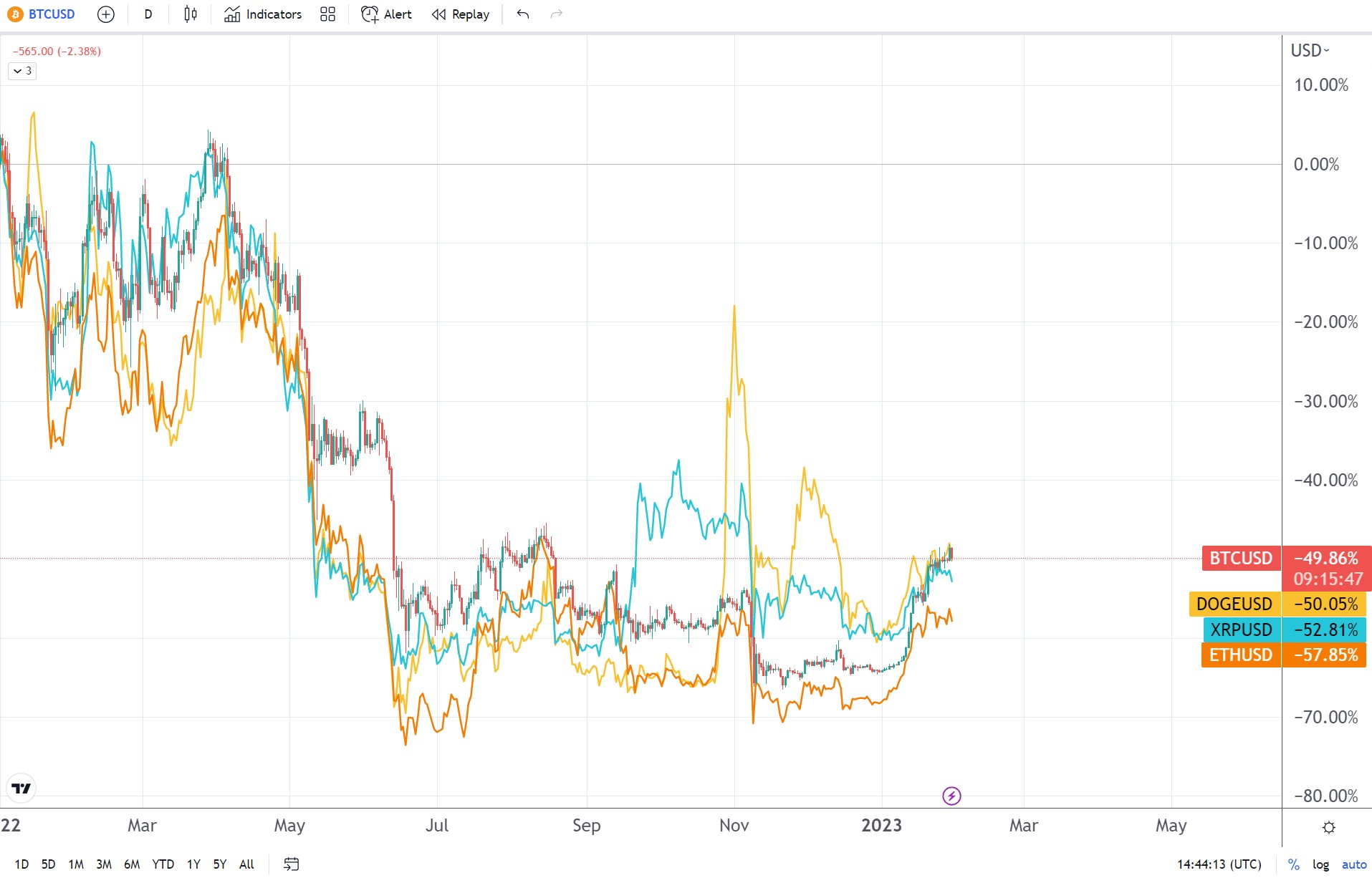Ethereum Architecture Diagram In Blockchain Overview
The ethereum architecture diagram in blockchain serves as a vital blueprint that helps us understand the intricate workings of Ethereum's ecosystem. This architecture is not just about how transactions are processed; it encapsulates the entire framework that supports decentralized applications (dApps) and smart contracts. With its various layers and components, the Ethereum architecture reveals the innovative technology behind one of the most influential blockchain platforms today.
At its core, Ethereum's architecture is designed to facilitate a decentralized environment where developers can create and deploy smart contracts. The architecture comprises several layers, including the application layer and the protocol layer, each playing a crucial role in the functionality and efficiency of the network. The Ethereum Virtual Machine (EVM) is a key element that enables the execution of smart contracts, allowing for complex interactions and the development of various applications across different industries.
Overview of Ethereum Architecture
Ethereum is a decentralized platform built for the purpose of executing smart contracts and decentralized applications (dApps). Its architecture consists of several key components that work together to provide a robust and secure environment for developers and users. The Ethereum architecture allows for a programmable blockchain, enabling the execution of complex transactions and applications beyond simple monetary transfers.One of the fundamental components of Ethereum's architecture is the Ethereum Virtual Machine (EVM).
The EVM acts as a runtime environment that executes smart contracts and ensures that all nodes in the Ethereum network execute the same code, thereby maintaining consensus. Smart contracts are self-executing contracts with the terms of the agreement directly written into code, enabling automated and trustless transactions on the platform.
Key Components in Ethereum Architecture
Ethereum's architecture is layered, with each layer serving a distinct purpose. The primary layers include the Application layer and the Protocol layer.
- Application Layer: This is where decentralized applications (dApps) reside. Developers create user-friendly interfaces that interact with smart contracts. Examples include decentralized finance (DeFi) platforms and NFT marketplaces.
- Protocol Layer: This layer governs the consensus mechanism, data structures, and communication between nodes. The Ethereum protocol defines how transactions are created, validated, and added to the blockchain.
- Network Layer: This layer facilitates peer-to-peer communication, allowing nodes to share data and maintain the blockchain. It plays a crucial role in ensuring the security and reliability of the network.
Nodes are essential to the Ethereum network as they maintain the blockchain, validate transactions, and execute smart contracts. Each node holds a copy of the blockchain and participates in the consensus process, contributing to the overall integrity and security of the ecosystem.
Ethereum Architecture Diagram

The Ethereum architecture diagram visually represents the various components that make up the ecosystem. Key elements include the EVM, smart contracts, the blockchain, and the layers mentioned earlier. In the architecture diagram, the EVM is centrally located, showcasing its role as the execution environment for smart contracts. Surrounding it, you'll find the Application layer where dApps interact with users, and the Protocol layer that handles the network's consensus and communication.
The architecture effectively supports decentralized applications by providing a flexible framework for developers. This enables them to create innovative solutions, from simple token transfers to complex financial instruments.
Comparison with Other Blockchain Architectures
When comparing Ethereum's architecture with that of Bitcoin and other leading blockchains, several differences emerge. While Bitcoin focuses on peer-to-peer digital currency transactions, Ethereum provides a more comprehensive environment for executing programmable smart contracts.
- Strengths of Ethereum: Its flexibility and support for complex dApps allow for a wide range of applications in various industries, unlike Bitcoin, which is primarily used for transactions.
- Weaknesses of Ethereum: The current scalability issues can lead to high transaction fees and slower processing times during peak usage, a challenge less pronounced in Bitcoin's simpler transaction model.
Unique features of Ethereum include its Turing-complete programming language, Solidity, which empowers developers to create intricate and diverse applications that wouldn't be possible on more restrictive blockchains.
Use Cases of Ethereum Architecture

Ethereum's architecture has led to numerous innovative use cases across various industries.
- Decentralized Finance (DeFi): Platforms like Uniswap and Aave leverage smart contracts to facilitate lending, borrowing, and trading without intermediaries.
- Supply Chain Management: Companies use Ethereum to track products through the supply chain, ensuring transparency and traceability.
- Gaming and NFTs: Blockchain-based games and non-fungible tokens (NFTs) utilize Ethereum's capabilities to create unique digital assets.
These use cases demonstrate how Ethereum's architecture enables innovation and disruption in traditional business models, creating new opportunities for growth and efficiency.
Future Developments in Ethereum Architecture
Looking ahead, significant upgrades to Ethereum's architecture are planned, particularly with the transition to Ethereum 2.0. This upgrade aims to enhance scalability, security, and sustainability through a proof-of-stake consensus mechanism.As these changes are implemented, the potential impacts include reduced transaction costs and improved processing speeds, addressing some of the current limitations. However, challenges may arise, such as ensuring that existing dApps transition smoothly to the new architecture without compromising user experience or security.The Ethereum ecosystem is continuously evolving, and its architectural advancements will shape the future of decentralized technologies, positioning it as a leader in the blockchain space.
Ultimate Conclusion
In summary, the ethereum architecture diagram in blockchain not only illustrates the foundational elements of Ethereum but also highlights its potential for future growth and innovation. By understanding this architecture, we gain insights into how Ethereum distinguishes itself from other blockchain platforms and how it continues to support advancements in decentralized finance and beyond. As the Ethereum ecosystem evolves, staying informed about its architectural developments will be essential for both developers and users alike.
Questions and Answers
What is the Ethereum Virtual Machine (EVM)?
The EVM is a runtime environment that executes smart contracts on the Ethereum blockchain, ensuring that code is executed consistently across all nodes.
How do smart contracts fit into the Ethereum architecture?
Smart contracts are self-executing contracts with the terms directly written into code, functioning within the Ethereum architecture to facilitate automated transactions.
What are the main layers of Ethereum architecture?
The main layers include the application layer, protocol layer, and network layer, each serving distinct functions in supporting decentralized applications.
How does Ethereum compare to Bitcoin in terms of architecture?
While Bitcoin primarily focuses on peer-to-peer transactions, Ethereum’s architecture is designed for more complex functionalities like smart contracts and decentralized applications.
What industries can benefit from Ethereum's architecture?
Industries such as finance, supply chain, gaming, and healthcare can leverage Ethereum’s architecture for innovative solutions and decentralized applications.



